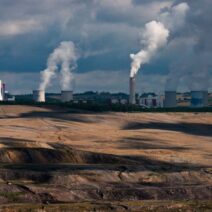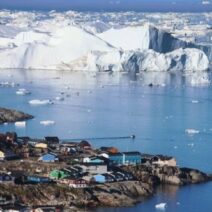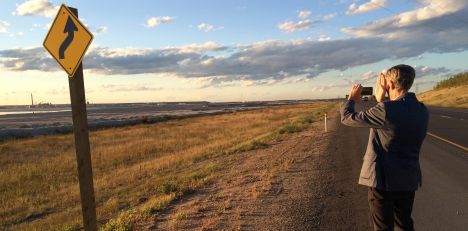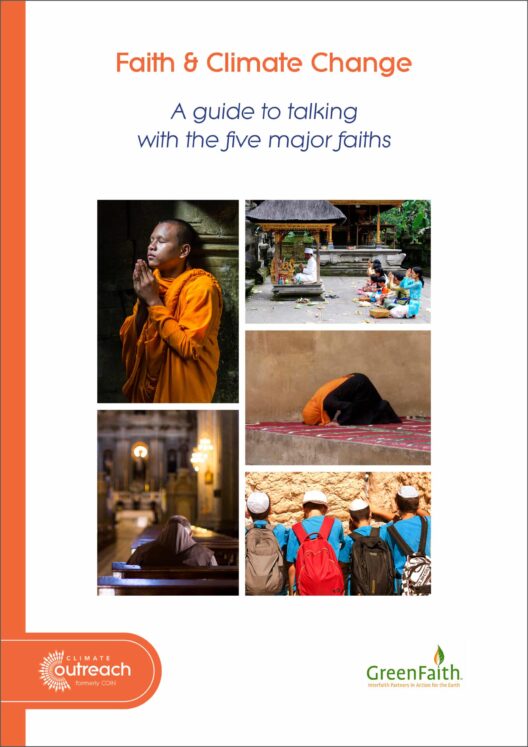As the sun rises on a seemingly untroubled world, the specter of climate change looms like a thundercloud gathering on the horizon. For decades, scientists have warned of impending doom due to global warming, yet the urgency of these cries often seems drowned out by the humdrum of daily life. Picture Earth as a grand stage; we are the actors, and the climate crisis is both our script and our set piece, oscillating with beauty and peril. As we look three decades into the future, we must ask: will we survive global warming’s wrath?
To comprehend the full arc of this narrative, we must first explore the causes behind the escalating temperatures. The greenhouse gas emissions, primarily from burning fossil fuels, have become the industrious bees proliferating within a hive. Each drone contributes to the larger phenomenon, creating a heat-trapping blanket around our planet. As populations rise and economies burgeon, so do the emissions. Yet, unlike a typical ecosystem, this phenomenon does not operate under nature’s harmonious design; it spirals into chaos. The relentless activities of industrialization and deforestation mirror the hubris of humanity, compromising what could have been a sustainable relationship with nature.
Fast forward thirty years; you might envision a world transformed, but in what direction? The forecasts often brim with despair. Heatwaves might become the norm, making the summer of 2023 feel like a gentle caress in contrast. Coastal cities could morph into the very Atlantis we thought relegated to myth—a submerged kingdom snuffed out by rising sea levels. Following the rhythm of the tides, water will reclaim and reshape the land, displacing millions and creating a new demographic of climate refugees. This exodus will unveil the simplistic yet intricate dance of humanity as it contorts to survive, often at the expense of others.
Fires may rage with unparalleled ferocity, a desperate cry from ecosystems that can no longer endure the slow death inflicted upon them. From the charred remains of ancient forests to the stark landscapes marred by drought, the imagery is profound and alarming. As wildlife seeks refuge, the extinction of countless species—acts of nature’s unfinished symphony—will resonate through the annals of time. Imagine the loss of biodiversity as the fading notes of a haunting melody that once echoed through lush jungles and vast savannahs. Without harmonious cohabitation, the earth’s orchestra is poised to play a somber requiem.
Conversely, the possibility exists for humanity to rise from the ashes like a phoenix, transforming our darkest hours into a renaissance of innovation and resilience. Technologies that seem almost fantastical today—carbon capture methods, solar roads, and renewable energy innovations—could become integral to rewiring our existence. The transition to a cleaner, sustainable economy may bear the seeds of hope. Communities may adapt through localized agricultural practices, nurturing their ties to the land, as agrarian methods take precedence over the industrial monstrosities of yore.
Engagement at the grassroots level serves as a powerful antidote to apathy. Imagine cities as verdant jungles where green rooftops and urban gardens flourish, fostering biodiversity right in the heart of concrete enclaves. This movement toward biophilic urbanism reflects a resurgent appreciation for nature’s intrinsic value and the abandonment of the destructive trends of the past. Individuals reshaping their habits, adopting colder showers, cycling instead of driving, or simply raising awareness, can reverberate through the collective consciousness, sowing seeds of reform. The future requires transformation, not mere resistance—a redefining of what it means to coexist with nature.
As we contemplate the political landscapes of thirty years hence, it becomes evident that transforming global warming into an agenda of progress requires synergistic collaboration among nations. The Paris Agreement represents merely a flicker in the grand tapestry of climate negotiations; it is a call to arms for scientists, policymakers, and citizens alike. The power of collective ambition should not be underestimated; imagine a world where international borders dissolve in the fight against climate disaster, as nations unite to forge a common destiny. An intertwined fate demands unity—a cohesive response to an invisible adversary.
The next epoch will inherently rewrite notions of prosperity. The very fabric of our economy may shift from one obsessed with relentless growth toward sustainability and conservation. Profound questions will arise: What does it mean to live well? What does wealth signify in a world where resources are scarce? As we reframe success, measures of well-being may deviate from GDP alone, leaning instead on social equity, environmental health, and a sense of community. Such transformations are daunting yet necessary to ensure survival amid the ravages of climate change.
Education and advocacy will emerge as vital tools in our arsenal. Engaging the next generation through curricula steeped in environmental literacy serves as a foundation for sparking a global consciousness. Young eco-warriors will rise, armed with knowledge and valor, championing the cause as stewards of the planet. Familiarize yourself with the slogan: “There is no Planet B.” This reverberating truth must permeate society. From classrooms to boardrooms, understanding the severity of climate change will foster responsibility and inspire active participation in the solution.
Ultimately, thirty years from now, the course of humanity will hinge upon the choices we make today. Will we face dire consequences, watching as our seas rise and our forests burn? Or will we harness innovation, rekindle our kinship with nature, and emerge stronger in unity? The metaphorical stage is set, and as the curtains draw near, it is up to us, the actors in this critical play, to ensure that the finale concludes on a note of hope rather than despair. The world’s future lies in the delicate balance between reckoning with our past and embracing the potential of our evolving narrative. Only then shall we survive global warming’s wrath and emerge into a new era of existence, forever changed, yet ready to write the next chapter.








